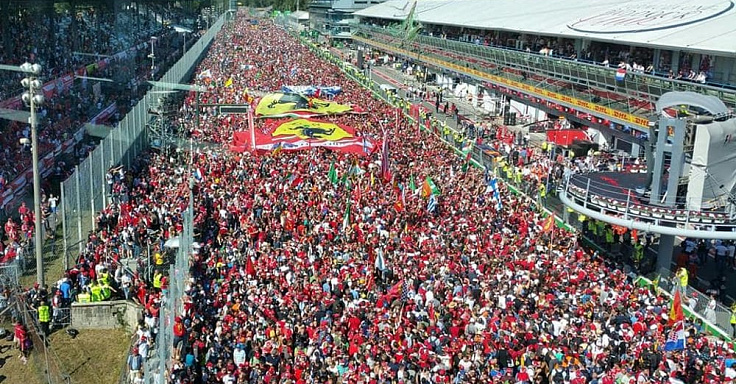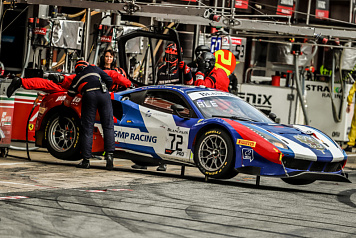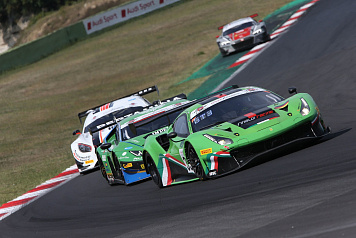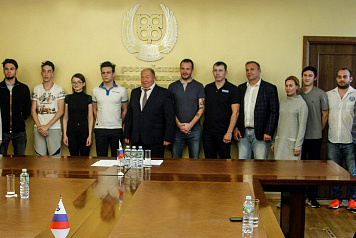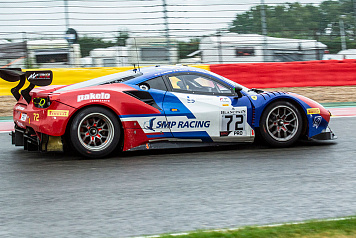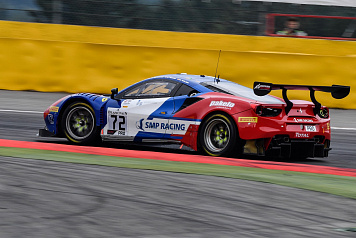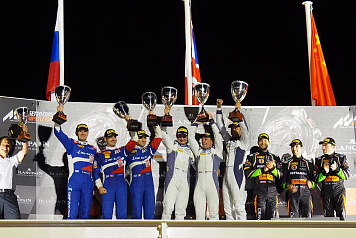The Autodromo Nazionale Monza is one of the tracks that are full of legends.
The history of European motorsport is inherently linked with the oldest track near Milan. The races, which took place here, have a lot of mystery and forever inscribed in the chronicle of auto racing. Monza is by right called the Mecca of Motorsport and the Temple of Speed. The Italians say “la pista magica” (a magic track) about their famous autodrome.In January 1922, at a celebratory meeting dedicated to the quarter-century anniversary of the Milan Automobile Club, there was an announcement of a project for the construction of a racing circuit near Milan. The construction of the track, where tests as well as auto racing could take place, was in the interest of many Italian manufactures of that time, which had already started looking for ways to foreign markets and needed urgent improvements in the quality of their products.
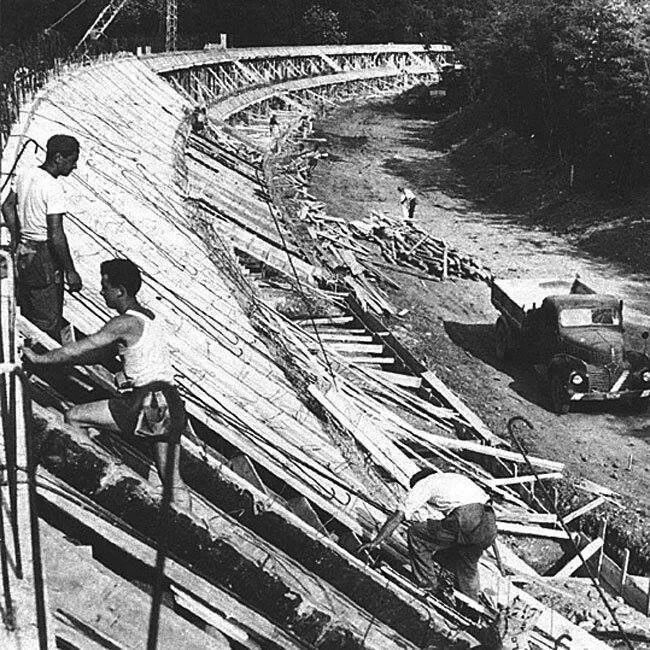
Initially, it was hard to find a suitable place for the future pride of Italian motorsport - first they wanted to build a circuit in the swamps on the north-west of Milan, in a place called Gallarate (today there is Malpensa international airport there), then there was an idea with a location in Cagnola district, which at that time was outside of Milan. But in the end, the final decision was to build a track in the Royal Monza Park - this plan was more suitable with its proximity, good transport links to Milan and quite big room for construction. On behalf of Arturo Mercanti, AKM Director, the architect Alfredo Rossetti developed a project of a racing track unprecedented at the time.
As a matter of fact, the construction alone should have forever inscribed Monza in the history of motorsport. The construction began on May 15, 1922. The enormous circuit was built in just 110 days. 3500 workers, 200 horse-drawn carts and 30 trucks were involved in its construction. A special narrow-gauge railway 5 kilometers in length was built for the delivery of materials and soil, which were transported continuously on 80 wagons. Already on August 15, just three months after the start of the construction, the race track was almost ready. Moreover, the circuit had two racing circuits at once: the regular 5.5 km long course and a shaped 4.5-kilometer oval section with a curve radius of 320 meters. These configurations theoretically allowed driving at speed of 180-190 km/h at both turns of the oval section (northern and southern).
The legend was born
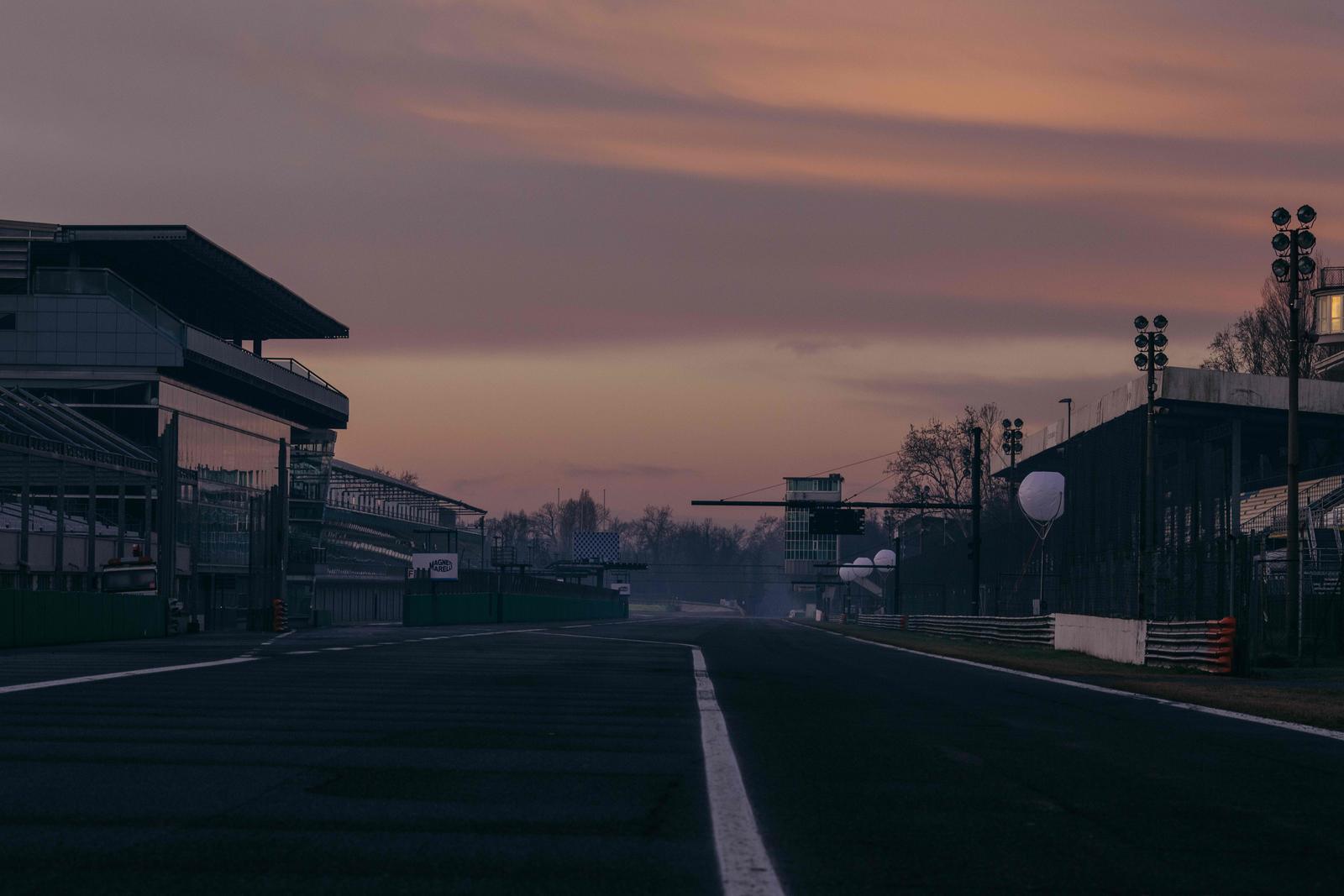
The official opening of the Autodromo Nazionale was on September 3, when Monza held its first race, and a week later the first the Grand Prix of Italy in the history took place here as well. Both competitions were won by Pietro Bordino on FIAT.
In 1931, the organizers of the race at Monza for the first time thought about changing the configuration of the circuit. At some races, instead of a ten-kilometer double racing circuit, a hybrid of the course and the oval was used. Over the next half century, the racetrack configuration has changed more than ten times.
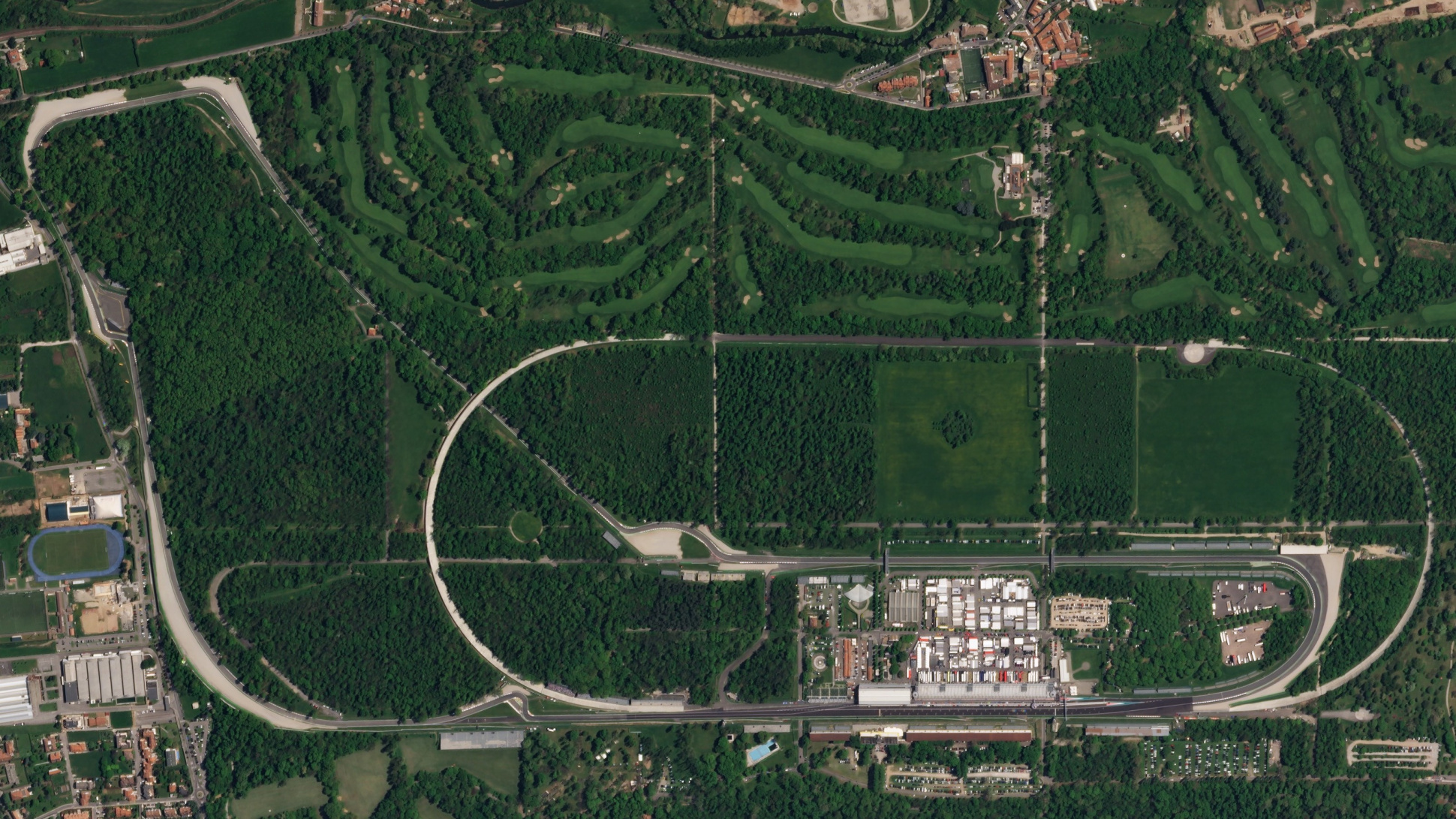
In 1938, the Grand Prix of Italy was held for the last time before the war in Monza, and then Europe had no time for racing for almost ten years. Only three years after the end of the Second World War, in 1948, Monza again became the venue for the Grand Prix and since then hosted the world championship every year (except only 1980).Monza la magica, Monza la tragicaIn the mid-50s, Monza celebrated her second birth: an intensive program for modifying the autodrome began in 1934, but then, during the war, it was paused due to understandable reasons. In 1955 the race track was finally updated and quite significantly.
The oval section was totally rebuilt, significantly increasing its degree (up to 800 meters at the top of the track), thanks to which the maximum theoretically possible speed at curves increased to 285 km/h. The course, in its turn, had a new surface and one modified turn: instead of a double right turn before accelerating onto the main start/finish straight, a 180-degree very tricky and high-speed parabolic curve with a varying radius of bending was built. Perhaps, now this is the most famous curve in the world.
In the same year, the ten-kilometer combination of the course and the oval already was the venue for the Formula 1 World Championship. Although, after two years the organizers of the Italian Grand Prix refused to include oval section in the race track for Formula 1, it still was used in 1957 and 1958 for the unique Race of Two Worlds, where the best drivers of the Old and the New World met (both races, by the way, were won by American drivers, who totally defeated the Europeans).
The hybrid configuration of the track was captured in the famous Grand Prix film by John Frankenheimer, where the decisive events took place exactly in the Monza race. The film was shot on a combined configuration of the track. This oval still exists nowadays, being a kind of monument to the history of auto racing.
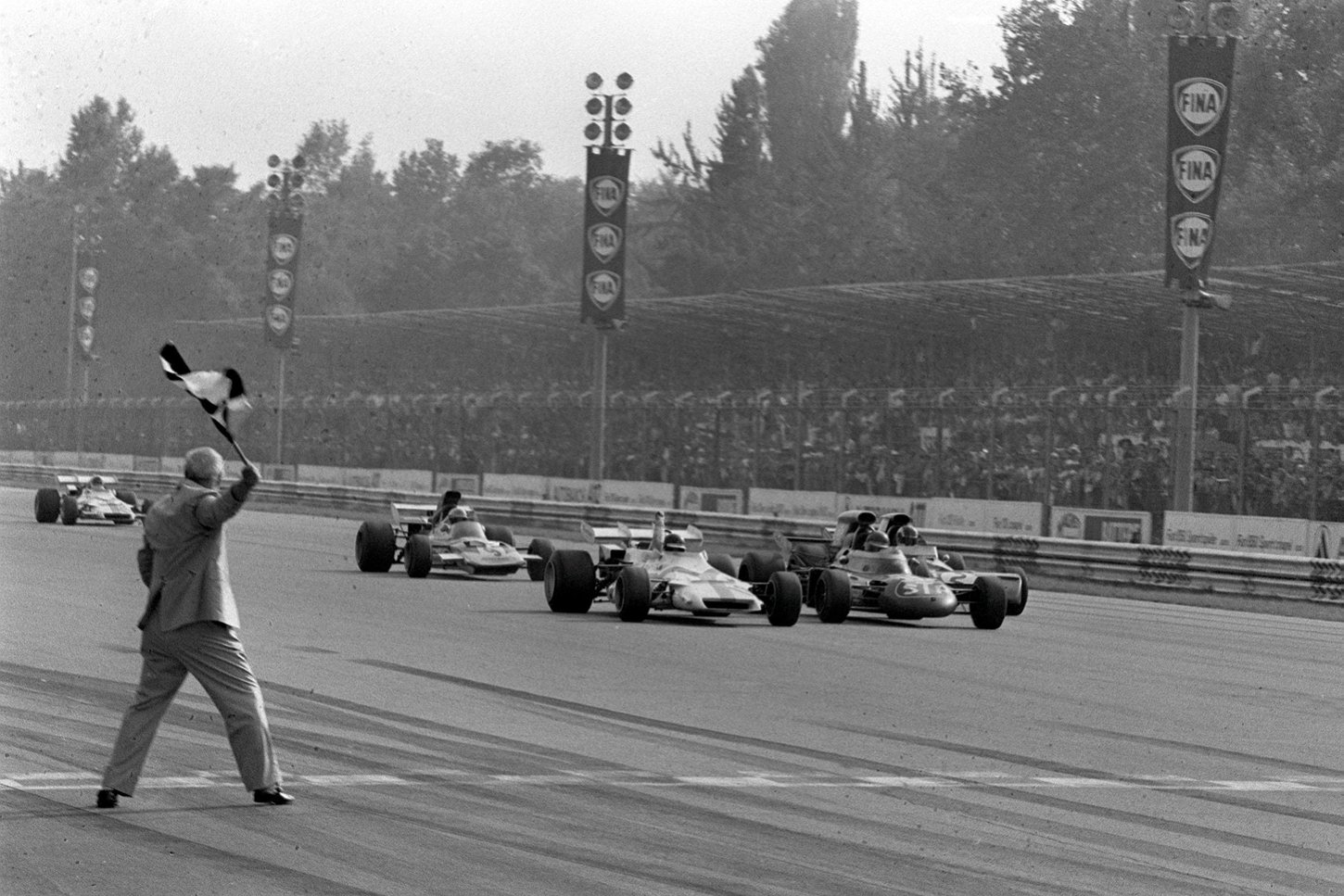
Monza is called the Mecca of motorsport for a reason. A lot of different things happened at this circuit. There are many memorable moments in its history with victories, defeats, legendary races and records (for example, during the Italian Grand Prix of 1971, Mike Hailwood, who finished fourth, was separated from the winner Peter Gethin by only 0.18 seconds).
But there are also tragic chapters in the history of Monza: races at this track were the last ones for such great drivers as Alberto Ascari, Wolfgang von Trips, Jochen Rindt (who became world champion F1 posthumously) and Ronnie Peterson. It is not surprising that the Italians say: "Monza la magica, Monza la tragica".
For 68 years of the World Championship race at Autodromo Nazionale Monza, there were 67 rounds of Formula 1, which is an absolute record for this championship. Michael Schumacher and Lewis Hamilton won the most victories: each won the Italian Grand Prix five times. Schumacher drove all these races for the Ferrari team, which always has a great support in Monza.
SMP Racing in Monza
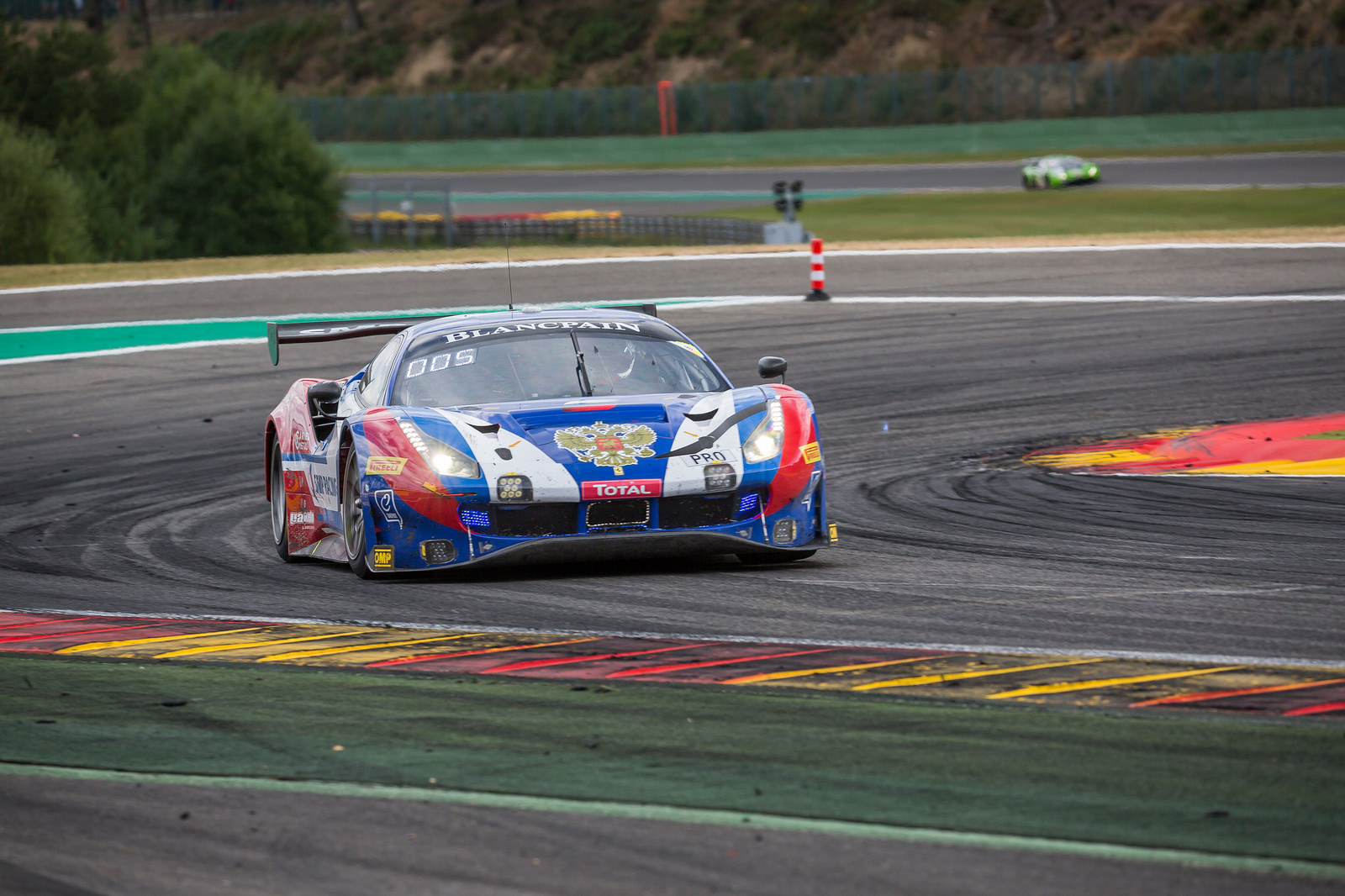
SMP Racing drivers has repeatedly achieved significant results at Autodromo Nazionale Monza. In 2016, Egor Orudzhev won the Formula Renault 3.5 race and a year later Robert Schwartzman stood on the highest step of the podium at the Eurocup Formula Renault 2.0 round.
Mikhail Aleshin together with his co-drivers took a pole position at the first round of the Blancpain GT Endurance Championship in 2018. It should be mentioned that Mikhail had another success in Monza before: 12 years ago, he claimed his breakthrough victory in the World Series by Renault at the opening round in Monza.
And, of course, during the Italian Grand Prix last year, Sergey Sirotkin achieved his best result in the difficult F1 debut season, finishing tenth and scoring his first point in the world championship.
Soon enough, SMP Racing drivers will fight for the win in the upcoming race weekend on April 13-14 in Monza. Thus, Mikhail Aleshin, Davide Rigon and Miguel Molina will compete in Blancpain GT Endurance Cup, driving a Ferrari F488 car number 72, while Denis Bulatov will drive Ferrari 488 GT3 EVO alongside Russian Rinat Salikhov and the driver from South Africa David Fracture. At the same time Alexander Smolyar will take part in European Cup Formula Renault Eurocup.
Sergey Bednaruk










